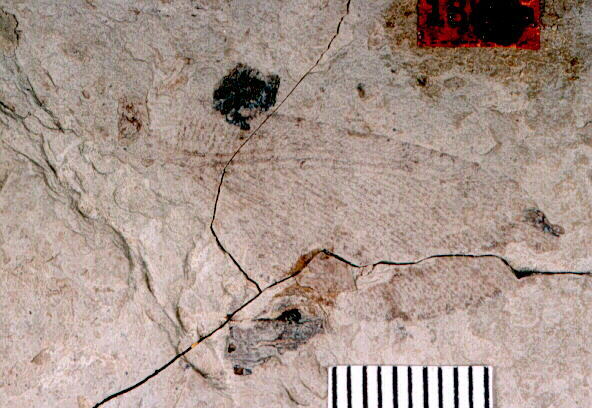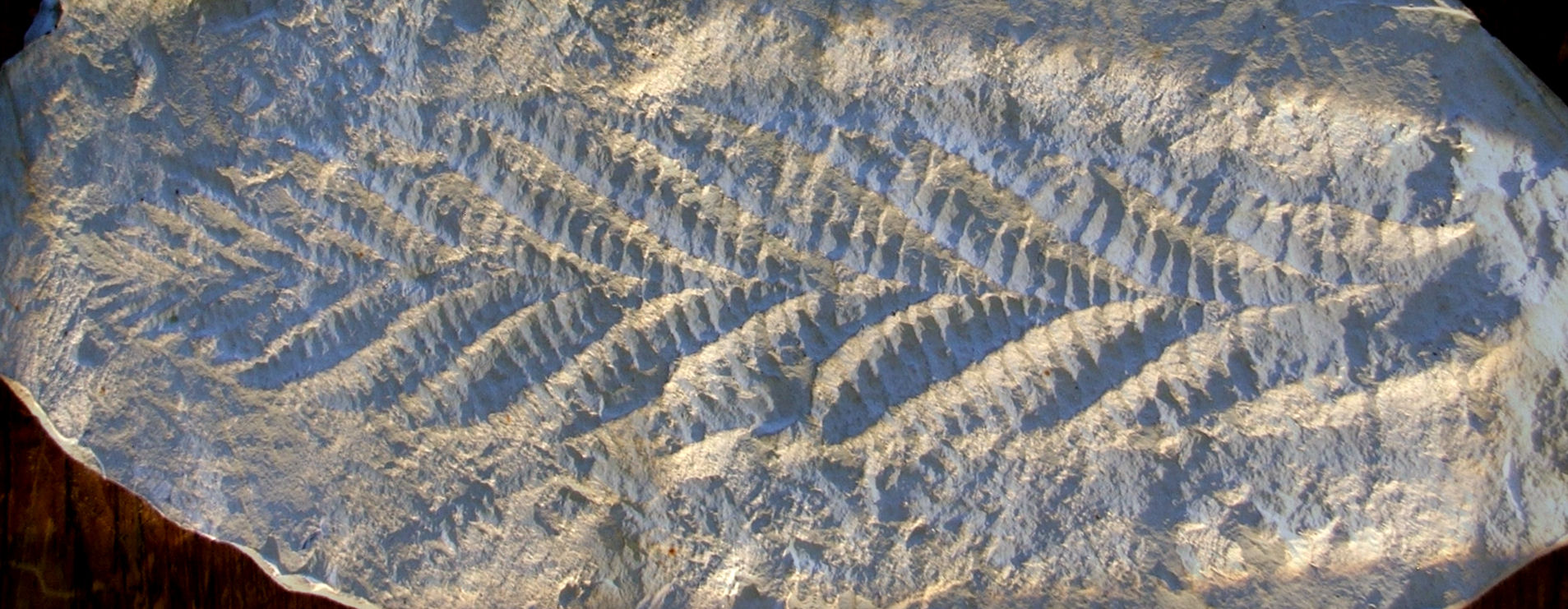|
Polystoechotites Piperatus
''Polystoechotites'' is an extinct parataxon of lacewings in the moth lacewing family Ithonidae. The taxon is a collective group for fossil polystechotid giant lacewing species whose genus affiliation is uncertain, but which are distinct enough to identify as segregate species. ''Polystoechotites'' species are known from Eocene fossils found in North America and is composed of four named species ''Polystoechotites barksdalae'', ''Polystoechotites falcatus'', ''Polystoechotites lewisi'', and ''Polystoechotites piperatus'', plus two unnamed species. Three of the described species are known from fossils recovered from the Eocene Okanagan Highlands of Washington State, while the fourth is from Colorado. History and classification Theodore Dru Alison Cockerell named the first species in 1908 as ''Polystoechotes piperatus'', placing the fossil species into the living western hemisphere genus '' Polystoechotes'', which is found in montane regions of North and South America. When F ... [...More Info...] [...Related Items...] OR: [Wikipedia] [Google] [Baidu] |
Ypresian
In the geologic timescale the Ypresian is the oldest age (geology), age or lowest stage (stratigraphy), stratigraphic stage of the Eocene. It spans the time between , is preceded by the Thanetian Age (part of the Paleocene) and is followed by the Eocene Lutetian Age. The Ypresian is consistent with the lower Eocene. Events The Ypresian Age begins during the throes of the Paleocene–Eocene Thermal Maximum (PETM). The Fur Formation in Denmark, the Messel shales in Germany, the Oise amber of France and Cambay amber of India are of this age. The Eocene Okanagan Highlands are an uplands subtropical to temperate series of lakes from the Ypresian. Stratigraphic definition The Ypresian Stage was introduced in scientific literature by Belgium, Belgian geologist André Hubert Dumont in 1850. The Ypresian is named after the Flanders, Flemish city of Ypres in Belgium (spelled ''Ieper'' in Dutch). The definitions of the original stage were totally different from the modern ones. The Ypresi ... [...More Info...] [...Related Items...] OR: [Wikipedia] [Google] [Baidu] |
Form Taxon
Form classification is the classification of organisms based on their morphology, which does not necessarily reflect their biological relationships. Form classification, generally restricted to palaeontology, reflects uncertainty; the goal of science is to move "form taxa" to biological taxa whose affinity is known. Form taxonomy is restricted to fossils that preserve too few characters for a conclusive taxonomic definition or assessment of their biological affinity, but whose study is made easier if a binomial name is available by which to identify them. The term "form classification" is preferred to "form taxonomy"; taxonomy suggests that the classification implies a biological affinity, whereas form classification is about giving a name to a group of morphologically-similar organisms that may not be related. A "parataxon" (not to be confused with parataxonomy), or "sciotaxon" (Gr. "shadow taxon"), is a classification based on incomplete data: for instance, the larval stage o ... [...More Info...] [...Related Items...] OR: [Wikipedia] [Google] [Baidu] |
Palaeopsychops Douglasae
''Palaeopsychops'' is an extinct genus of lacewing in the moth lacewings family Ithonidae. The genus is known from Early Eocene fossils found in Europe, and North America and is composed of ten species. The ten species can be informally separated into two species groups based on veination of the forewings, the "European" and "North American" groups. When first described, the genus was placed in the family Psychopsidae, but later was moved to Polystoechotidae, which itself is now considered a subgroup of the moth lacewings. Distribution & age The European species of ''Palaeopsychops'' are all known from the Early Eocene Fur Formation along the western Limfjord coast of Denmark. Most of the thick formation is diatomites with an interspersed sequence of approximately 179 ash layers. Argon–argon radiometric dating of ash layer "+19", which is slightly lower in the strata then the "insect beds", has determined a age. ''Palaeopsychops'' species have been recovered from th ... [...More Info...] [...Related Items...] OR: [Wikipedia] [Google] [Baidu] |
Convergent Evolution
Convergent evolution is the independent evolution of similar features in species of different periods or epochs in time. Convergent evolution creates analogous structures that have similar form or function but were not present in the last common ancestor of those groups. The cladistic term for the same phenomenon is homoplasy. The recurrent evolution of flight is a classic example, as flying insects, birds, pterosaurs, and bats have independently evolved the useful capacity of flight. Functionally similar features that have arisen through convergent evolution are ''analogous'', whereas '' homologous'' structures or traits have a common origin but can have dissimilar functions. Bird, bat, and pterosaur wings are analogous structures, but their forelimbs are homologous, sharing an ancestral state despite serving different functions. The opposite of convergence is divergent evolution, where related species evolve different traits. Convergent evolution is similar to parallel evo ... [...More Info...] [...Related Items...] OR: [Wikipedia] [Google] [Baidu] |
Fontecilla Graphicus
Fontecilla is a family name found in Spain, Italy, Chile, Mexico, Venezuela, The United States, and Canada. Origin Fontecilla is one of a set of surnames related to or descended from 'Fuentes,' meaning fountains. These names include Fuente, de la Fuente, Fuentecilla, Fuéntez, Fuentez, Font, Fonte, Fontes, Fontecilla, Fontana, Fontano, Fontanal, Fontanales, Fontanals, Fontanella, Fontanet, Fontanillos and many more. The name Fontecilla is a diminutive of ''fuente'', a cognate of fountain. It is a common surname in Chile and Italy (Torino). In Santiago, Chile, there is a street named La Fontecilla. Notable persons named Fontecilla *Mercedes Fontecilla (The 2nd first lady of Chile, 1811–1813). *José Miguel Carrera Fontecilla (Chilean revolutionary, 1820–1860) *Francisco Vargas Fontecilla (Chile's Minister of the Interior and Foreign Affairs, 1867–1868).Ministry of Foreign Affairs of Chile The Ministry of Foreign Affairs of Chile ( es, Ministerio de Relacio ... [...More Info...] [...Related Items...] OR: [Wikipedia] [Google] [Baidu] |
Latin
Latin (, or , ) is a classical language belonging to the Italic branch of the Indo-European languages. Latin was originally a dialect spoken in the lower Tiber area (then known as Latium) around present-day Rome, but through the power of the Roman Republic it became the dominant language in the Italian region and subsequently throughout the Roman Empire. Even after the fall of Western Rome, Latin remained the common language of international communication, science, scholarship and academia in Europe until well into the 18th century, when other regional vernaculars (including its own descendants, the Romance languages) supplanted it in common academic and political usage, and it eventually became a dead language in the modern linguistic definition. Latin is a highly inflected language, with three distinct genders (masculine, feminine, and neuter), six or seven noun cases (nominative, accusative, genitive, dative, ablative, and vocative), five declensions, four verb conjuga ... [...More Info...] [...Related Items...] OR: [Wikipedia] [Google] [Baidu] |
Polystoechotites Falcatus Holotype SR 94-05-21
''Polystoechotites'' is an extinct parataxon of lacewings in the moth lacewing family Ithonidae. The taxon is a collective group for fossil polystechotid giant lacewing species whose genus affiliation is uncertain, but which are distinct enough to identify as segregate species. ''Polystoechotites'' species are known from Eocene fossils found in North America and is composed of four named species ''Polystoechotites barksdalae'', ''Polystoechotites falcatus'', ''Polystoechotites lewisi'', and ''Polystoechotites piperatus'', plus two unnamed species. Three of the described species are known from fossils recovered from the Eocene Okanagan Highlands of Washington State, while the fourth is from Colorado. History and classification Theodore Dru Alison Cockerell named the first species in 1908 as ''Polystoechotes piperatus'', placing the fossil species into the living western hemisphere genus '' Polystoechotes'', which is found in montane regions of North and South America. When F ... [...More Info...] [...Related Items...] OR: [Wikipedia] [Google] [Baidu] |
Nygmata
A nygma (plural nygmata) is a spot on the wings of certain insects which have a peculiar dense cuticular structure. They are found only in the wings of endopterygotes but found only in some insect groups. Nygmata are found in caddisflies, scorpionflies, saw-flies and in some families of Neuroptera (e.g. Megaloptera Megaloptera is an order of insects. It contains the alderflies, dobsonflies and fishflies, and there are about 300 known species. The order's name comes from Ancient Greek, from ''mega-'' (μέγα-) "large" + ''pteryx'' (πτέρυξ) "wing ... and Ithonidae). The function of nygmata are unknown: they do not connect with nerves or glands. They are typically circular. They never occur on the veins and veins always appear to branch around them. Nygmata show up even in fossil Osmylidae from China. The positions and structure of nygmata are often used in the descriptions of insect species that bear them. References Insect anatomy {{insect-anatomy-stub ... [...More Info...] [...Related Items...] OR: [Wikipedia] [Google] [Baidu] |
Polystoechotites Piperatus Holotype AMNH-FI-18885
''Polystoechotites'' is an extinct parataxon of lacewings in the moth lacewing family Ithonidae. The taxon is a collective group for fossil polystechotid giant lacewing species whose genus affiliation is uncertain, but which are distinct enough to identify as segregate species. ''Polystoechotites'' species are known from Eocene fossils found in North America and is composed of four named species ''Polystoechotites barksdalae'', ''Polystoechotites falcatus'', ''Polystoechotites lewisi'', and ''Polystoechotites piperatus'', plus two unnamed species. Three of the described species are known from fossils recovered from the Eocene Okanagan Highlands of Washington State, while the fourth is from Colorado. History and classification Theodore Dru Alison Cockerell named the first species in 1908 as ''Polystoechotes piperatus'', placing the fossil species into the living western hemisphere genus '' Polystoechotes'', which is found in montane regions of North and South America. When F ... [...More Info...] [...Related Items...] OR: [Wikipedia] [Google] [Baidu] |
Entomologist
Entomology () is the scientific study of insects, a branch of zoology. In the past the term "insect" was less specific, and historically the definition of entomology would also include the study of animals in other arthropod groups, such as arachnids, myriapods, and crustaceans. This wider meaning may still be encountered in informal use. Like several of the other fields that are categorized within zoology, entomology is a taxon-based category; any form of scientific study in which there is a focus on insect-related inquiries is, by definition, entomology. Entomology therefore overlaps with a cross-section of topics as diverse as molecular genetics, behavior, neuroscience, biomechanics, biochemistry, systematics, physiology, developmental biology, ecology, morphology, and paleontology. Over 1.3 million insect species have been described, more than two-thirds of all known species. Some insect species date back to around 400 million years ago. They have many kinds of intera ... [...More Info...] [...Related Items...] OR: [Wikipedia] [Google] [Baidu] |





